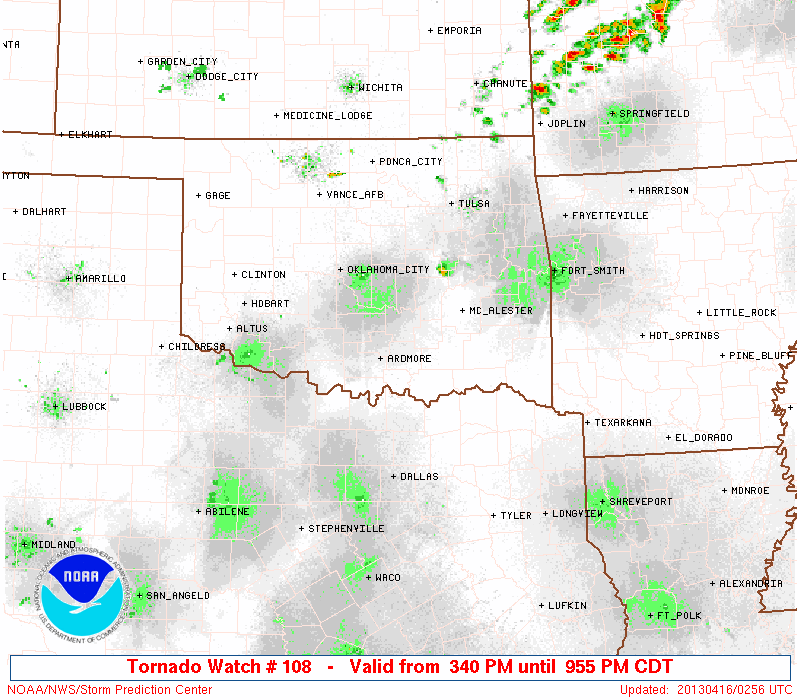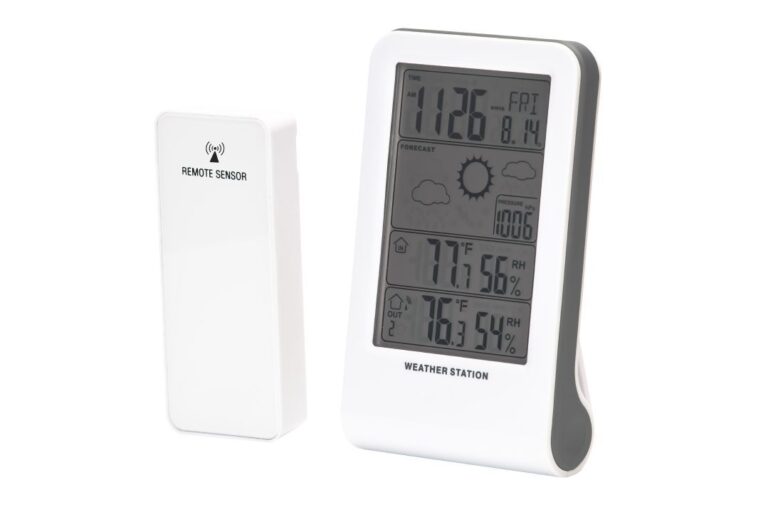
Introduction
Tornado warnings are critical alerts that indicate a tornado has been sighted or indicated by weather radar. As severe weather events are becoming increasingly common due to climate change, understanding tornado warnings and knowing how to respond is vital for the safety of communities across Canada. The implications of these warnings can be life-saving.
Current Events: Tornado Alerts Across Canada
In June 2023, Canada experienced a surge in tornado activity, particularly in Southern Ontario and the Prairies. Environment and Climate Change Canada (ECCC) reported several tornado touchdowns, with increased instances of severe thunderstorms leading to tornado watches and warnings across the region. This activity has heightened public awareness and the necessity for effective communication during such emergencies.
On June 10, 2023, a tornado struck near the town of Barrie, Ontario, causing significant damage to homes and infrastructure. Fortunately, timely tornado warnings allowed many residents to seek shelter, minimizing injuries. In recent years, warning technology has made significant advancements, utilizing real-time data to alert residents promptly. However, persistence in educating the public remains essential.
Understanding Tornado Warnings
Tornado warnings are issued when there is an imminent threat of a tornado within a specific area, typically within a 30-minute timeframe. They follow a preliminary tornado watch, which indicates conditions are favorable for tornadoes to form. ECCC recommends that individuals remain vigilant during these watches and have a plan in place.
Preparation for tornadoes includes identifying a safe room in homes, such as basements or interior spaces without windows, and stockpiling essential supplies, including water, food, and first aid kits. During a warning, people should tune into local news or weather apps for updates and heed any evacuation orders.
Conclusion
Tornado warnings play a crucial role in public safety, with the potential to save lives during severe weather events. Understanding the difference between watches and warnings and knowing how to respond can significantly enhance preparedness. As climate patterns evolve, it is essential for Canadians to stay informed and prepared. As we move forward, community education and awareness initiatives will be instrumental in reducing the impact of these severe weather conditions.


